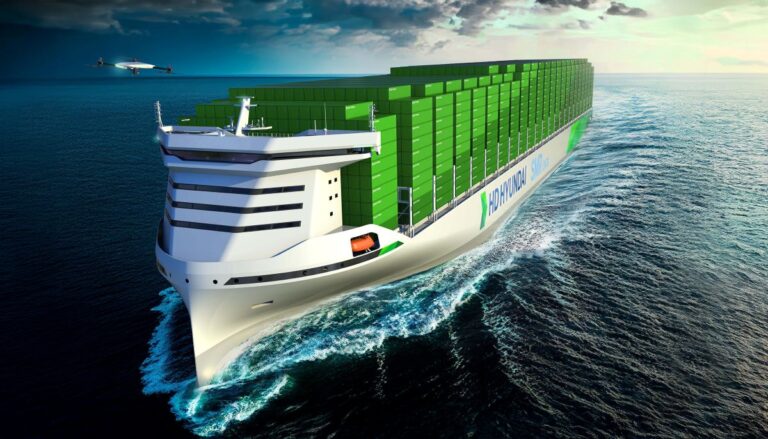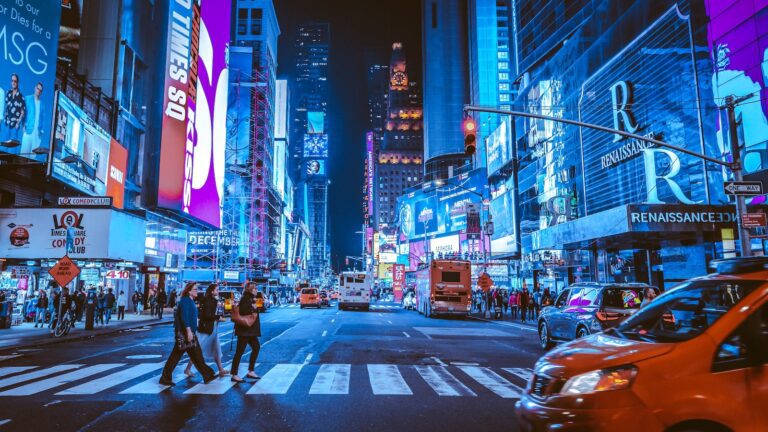The Electric Shock: How EVs Are Forcing Energy Providers to Evolve or Perish
The global energy sector is experiencing a seismic shift—not from geopolitical turmoil or fossil fuel depletion, but from the silent revolution of electric vehicles. With EVs projected to displace 5 million barrels of oil daily by 2030 , the energy landscape is undergoing a metamorphosis that demands radical adaptation from providers. As an energy analyst tracking this disruption, I see both staggering opportunities and existential threats.
1. The Business Energy Revolution: From Cost Center to Strategic Asset
EY’s bombshell report reveals that 70% of businesses now treat energy as a strategic priority, not just a utility bill . This isn’t corporate greenwashing—it’s survival economics. Fleets electrifying en masse face a triple challenge:
- Grid Strain: Charging 50 EVs simultaneously can demand the power equivalent of a small town .
- Cost Volatility: 64% of businesses fear profit erosion from fluctuating energy prices .
- Provider Dissatisfaction: 74% condemn traditional energy providers’ service as “inadequate” .
The smart players are responding. Like AES, which partners with Siemens for industrial battery storage and Google for carbon-free data centers . This isn’t altruism—it’s capturing a $20 billion infrastructure opportunity .
The lesson? Energy providers clinging to commodity sales will bleed customers to tech-savvy solution architects.
2. Grid Realities: The 400,000-Pound Gorilla in the Room
EVs could increase U.S. electricity demand by 9% annually through 2050—mostly from transportation . But the grid’s fragility is exposed daily:
- Renewable Mismatch: Solar peaks at noon; EVs charge at night. Without storage, renewables alone fail.
- Transformer Timebombs: Aging infrastructure combusts under EV loads, as seen in California heatwaves.
- Distributed Pressure: Vehicle-to-grid (V2G) tech promises resilience (e.g., powering homes during outages) , but few utilities incentivize it beyond pilot theatrics.
Here’s the brutal truth: Providers investing in smart grids and dynamic pricing will thrive. Those waiting for government bailouts will collapse. Norway exemplifies this—its 88% EV adoption slashed road oil demand by 12% , but required massive grid upgrades.
3. The Charging Chasm: Infrastructure’s Make-or-Break Moment
Public charging points grew 55% globally in 2023 , yet distribution remains catastrophically uneven:
- Urban Saturation: Amsterdam has 1 charger per 5 EVs.
- Rural Deserts: UK villages average 1 charger per 75 EVs .
- Heavy-Duty Neglect: While Milence’s 400kW truck chargers enable freight electrification , most highway corridors lack mega-watt stations.
Innovators are pivoting brilliantly:
- Battery Swapping: India/China’s 3-minute exchanges for rickshaws solve garage-less charging .
- Ultra-Fast Tech: Nyobolt’s 4-minute 80% charge could negate “range anxiety” by 2026 .
- Renewable Integration: Solar-powered stations like those in California cut grid dependence .
Yet most providers still treat chargers as metal boxes, not grid assets.
4. Policy Whiplash: Navigating the Regulatory Maze
Government incentives giveth, and taketh away:
- UK’s Carrot/Stick: £1,114 diesel tax hikes push fleets electric .
- U.S. Chaos: Federal tax credit uncertainty contrasts with California’s steadfast $7,500 subsidy .
- China’s Dominance: Battery export restrictions cement control over 70% of global supply chains .
The fallout? Energy providers must hedge bets. Enfuce’s Visa Fleet 2.0 card exemplifies adaptation—simplifying fleet payments amid regulatory turbulence .
5. Oil’s Sunset, Electricity’s Dawn: The Demand Shift
The IEA’s data is unequivocal: EVs already cut global oil demand by 1.3 million barrels daily . By 2030:
- China’s Dominance: 65% of global EV sales, with 1 in 3 cars electric .
- Emerging Markets Leapfrog: Southeast Asian EV sales up 50%; no legacy oil infrastructure to dismantle .
- Heavy-Duty Horizon: Electric trucks could displace 1 mb/d by 2030 as battery density improves .
For energy providers, this spells obsolescence for crude traders—and crown jewels for load-balancing wizards.
6. Adaptation or Death: The Provider Playbook
Survivors will master three strategies:
A. Become Data Orchestras
- AI-driven load forecasting (demanded by 81% of businesses )
- Real-time pricing apps rewarding off-peak charging (e.g., Octopus Energy’s $5.4M customer payouts in 2024 )
B. Forge Unholy Alliances
- Utility + Tech: Like Google’s carbon-free data center collab with AES
- Oil Majors + Chargers: Shell’s 500k global charge points by 2025
C. Embrace the “Energy as a Service” Model
- Bundled renewables + storage + EV charging (e.g., Kuehne+Nagel’s turnkey fleet electrification )
Laggards? They’ll bleed customers to agile fintechs and automakers-turned-energy-retailers.
Electrification’s Bitter Pill
The EV surge isn’t just changing vehicles—it’s annihilating the energy status quo. Providers have a 5-year window to pivot or become irrelevant. Breakthroughs like MW charging and V2G offer breathtaking potential, but execution is plagued by:
- Grid Underinvestment: $20B needed for U.S. transmission upgrades alone
- Rural Abandonment: Farmers can’t charge tractors without infrastructure parity
- Battery Ethics: Cobalt mines tainting sustainability claims
The road ahead is steep, but navigable. As EY’s Guthridge warns, providers must shed “years of complacency” . Those who do will power the future—others will be roadkill in EV’s rearview mirror.
“The energy transition won’t be gradual—it will be a cliff. And EVs are the bulldozer pushing us toward it.”
— Energy Analyst Tracking the Voltage Surge






